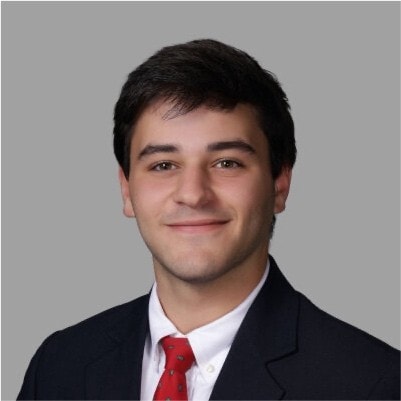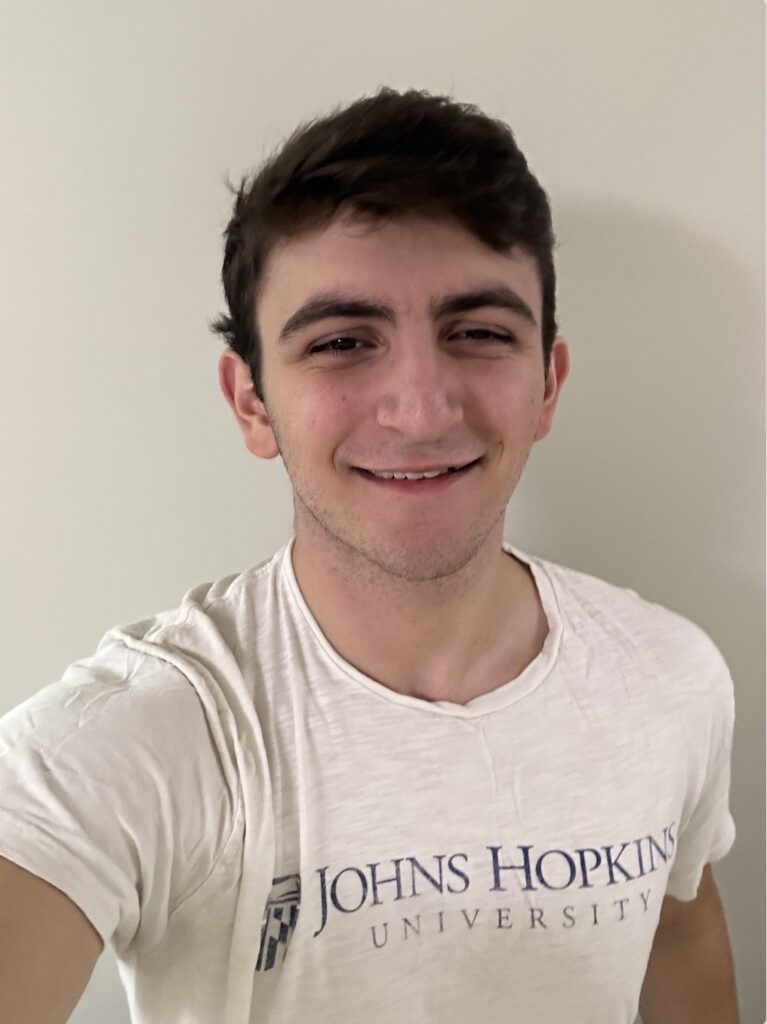Articles Breman Museum presents “Legacy of the Hebrew Orphans’ Home” exhibit
By Helena Oliviero, The Atlanta Journal-Constitution, Aug 24, 2017
A new exhibit at The Breman Museum features a wall of gratitude where handwritten notes express thanks to the Jewish Education Loan Fund (JELF), which grants interest-free loans to students in Georgia, Florida, North Carolina, South Carolina and Virginia.
Thank you so much for the interest-free loan. I appreciate you gave me a chance to go to college. Without it, I can’t say I would have this opportunity.
But keep reading and you’ll see copies of older, handwritten letters with faded ink, letters from a time when the organization was an orphanage for Jewish Children.

A gratitude wall at the new exhibit at The Bremen Museum.
They include this letter from 1925:
I want to thank you very much for the wonderful help I received from the Hebrew Orphans’ Home at the time I needed it the most. … I hope someday to pay you back for your financial help, but I feel I will never be able to pay you back for your great kindness and care which you have given me and without which I could have done nothing.
The new exhibit, “The Legacy of the Hebrew Orphans’ Home: Educating the Jewish South since 1876,” chronicles the history of JELF and its predecessors — the Hebrew Orphans’ Home and then Jewish Children’s Services, an adoption and foster care agency. The organization was renamed the Jewish Education Loan Fund (JELF) in 1989.
The exhibit includes photographs, artifacts, videos and terracotta bricks from what was then an orphanage in Atlanta to help tell the story of an organization, one of Georgia’s oldest nonprofit organizations.
The story begins in 1876 at the Grand Lodge Convention of B’na B’rith’s 5th District, where Simon Wolf, a wealthy and influential businessman, submitted a resolution to finance an orphanage.
The orphanage opened its doors in 1889, with an elegant, ornate brick building stretching across a full city block on Washington Street in Atlanta not far from where Turner Field now stands. With a playground and a merry-go-round, the orphanage was located in the center of the Jewish community, and was a gathering place for Jewish families.

The Hebrew Orphans’ Home was built in 1889. After the orphanage closed, the building was later purchased by Our Lady of the Assumption Catholic Church. The building was demolished in 1976. (Photo Credit: Cuba Family Archives for Southern Jewish History, The Breman Museum)
The orphanage took in not just Jewish orphans from all over the South, but also Jewish children whose parents were in economic or other distress. About 60 children between the ages of 4 and 18 attended public school and the local synagogue. After school, children took additional classes in bookkeeping, plumbing and printing.
Residents of the orphanage included Alfred “Al” Garber, whose father died in 1922 when Garber was 10. His mother contracted tuberculosis and was sent to a sanitarium in North Carolina. The Hebrew Orphans’ Home provided Garber with a scholarship to attend the University of Georgia. Garber went on to become a co-founder of Young, Garber & Company, one of the southeast’s largest accounting firms.

A terracotta column from the Hebrew Orphans’ Home, on display at the Bremen Museum. The orphanage was built in 1889. The building was demolished in 1976.
“It was a very supportive environment,” said Garber’s son, Stephen Garber, who lives in Sandy Springs. “These were hard times, and they made sure the kids got what they needed. … My father attributed his success as a businessman in Atlanta to the organization, the skills and discipline he learned in the orphanage.”
Over time, there was a national shift away from orphanages and a move toward placing children with relatives or in foster care, rather than in institutions. By 1930, all of the children in the Hebrew Orphans’ Home had been placed in foster care families and the orphanage closed.
Another person profoundly helped by the organization was Henry Birnbrey. He arrived in Atlanta after escaping the Nazis in 1938. He was 14 years old.
He turned to Jewish Children’s Services whenever he needed help — whether it was for a pair of shoes, to see a dentist, or to change schools.
Jewish Children’s Services also placed him with a loving family.
“I was placed with a family I consider my family,” said Birnbrey, who lives in Brookhaven. “It was a very close relationship.”
Stephen Garber’s wife, Marianne Garber, who is JELF’s board president, said she hopes the exhibit helps to connect the dots of its long history.
“JELF has lasted so long because we have had the same mission, to help Jewish children in need to get the education they need, and the confidence and skills they need to help them step into their futures successfully,” Garber said.
In 2016, JELF granted $814,070 in interest-free loans to 220 students. Marianne Garber said for every $5,000 in loans, students can save about $2,400 they would normally pay in interest.
“The Legacy of the Hebrew Orphans’ Home: Educating the Jewish South since 1876”
Now through Dec. 31. 10 a.m.-5 p.m. Sunday through Thursday; 10 a.m.-4 p.m. Friday. Closed Saturday.
Cost: $4-$12 (free for members)
The Breman Museum, 1440 Spring St. NW, Atlanta. 678-222-3700










